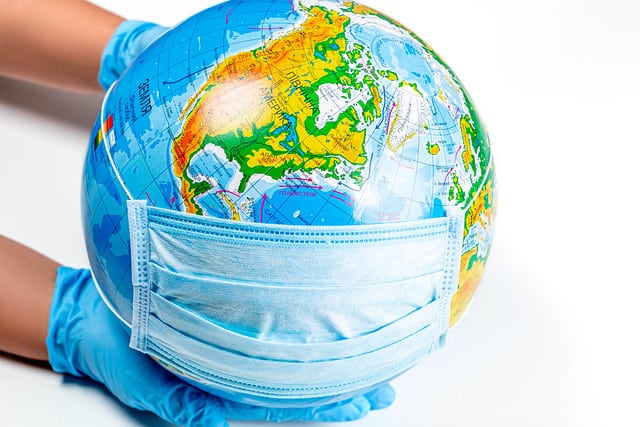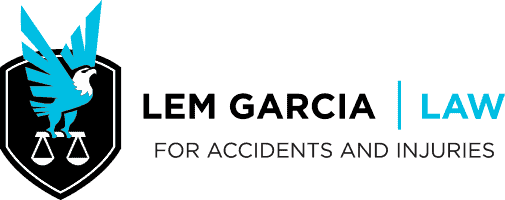How wearing a mask helps slow the spread of coronavirus
Currently, most U.S. states have regulations that require masks to be worn in public. These laws encourage citizens to wear masks in public spaces, such as in grocery stores and on buses or trains. You may wonder about the science behind these laws and whether you should wear a mask, even if it’s not mandated in your area. Read on to learn how masks can help curb the spread of the coronavirus and keep you and your community safe.
How Masks Work to Slow the Spread

The coronavirus has an incubation period of two to 14 days. Additionally, 40% to 45% of people with coronavirus never show symptoms. That means there’s a large percentage of people who aren’t staying home who could potentially affect the at-risk population.
Every time you breathe out, you expel water droplets and fluid from the lining of your lungs. These substances contain proteins, bacteria, and viruses, including potentially the coronavirus.
“As they enter the air, the aerosols begin to dry and, ultimately, only the dissolved materials remain,” according to Raed Dweik, M.D., the Chairman of Cleveland Clinic’s Respiratory Institute. Put simply, people with coronavirus can’t help putting virus particles into the atmosphere. There’s a good chance they may not even know they’re doing it.
Masks can prevent virus particles from entering the atmosphere when infected people breathe, sneeze, and cough. Sneezing and coughing without a mask can propel infectious droplets up to 26 feet, according to Dr. Dweik. Masks disrupt that journey and keep these viral particles close to the infectious person. With fewer viral particles in the atmosphere, people have a much smaller chance of contracting COVID-19.
Recent studies support Dr. Dweik’s claims. Researchers have observed particles and materials collected on in the inside of used masks. Many of these particles are much smaller than coronavirus, so it’s likely that masks would trap the larger virus particles too. These substances form a layer that attracts even more particles to it. The particles remain on the mask, even when it’s dried, rather than entering the atmosphere.
Masks also prevent people from touching their noses and mouths, two common viral entry points. The mask’s material acts as a barrier between your hands and the covered parts of your face. The average person touches their face 23 times every hour, so if you regularly touch your face, it might be time to break the habit. If you can avoid touching your face, it’s less likely that viral particles you’ve collected on your hands will enter your system. It’s crucial to wash or sanitize your hands regularly when you’re out in public.
The jury’s out on whether most masks can prevent the spread of coronavirus. However, most people agree fabric masks should filter some viral particles out. Double-layered masks should be the most effective homemade prevention option.
The Mask’s Material Matters
Wearing any sort of mask is better than no mask at all. However, the type of mask and its fabrics impacts its effectiveness.
N95 masks are the most effective because they filter particles in both directions. That means they can prevent the spread and protect people wearing them. Surgical masks are the next best choice. However, both these mask types are in short supply. The Centers for Disease Control and Protection encourages members of the public to leave these masks for frontline workers who need the most protection against coronavirus, including health care professionals.
Researchers from the University of Chicago and the Argonne National Laboratory tested a range of fabrics and fabric combinations to determine which materials create the most effective homemade masks. They determined a mask made from tightly woven cotton lined with two sheets of chiffon was the best choice. This combination filtered out 80% to 99% of particles, depending on their size. That makes its performance comparable to those highly effective N95 masks.
Masks made with tightly woven cotton and natural silk, tightly woven cotton and flannel, and cotton quilt and cotton-polyester also performed well. The researchers theorized material combinations involving tightly woven fabrics and materials holding a static charge are so effective because they provide a double barrier. The electrostatic layer attracts particles while the tightly woven one prevents them from passing.
Researchers from Florida Atlantic University conducted their own research using fabrics and masks accessible to many people. They found droplets from an uncovered cough travel more than 8 feet. When the person coughing covered their mouth with a bandana, the droplets traveled only 3 feet. Using a folded cotton handkerchief cut the distance to 1 foot.
Masks proved even more effective than these loose materials though. Wearing a disposable cone-style mask, like those sold at pharmacies, shrunk the droplets’ trajectory to 8 inches. A homemade mask crafted from two layers of quilting fabric was even more effective, ensuring the droplets traveled just 2.5 inches.
Ensure a Good Fit for the Best Results
Choose a mask that fits your face snugly for the best results. Gaps between your mask and the face can impede efficiency by 50% or more, according to recent research. Some face masks contain adjustable ear loops that let the wearer customize the fit. If yours doesn’t, you can easily cut the ear loops and tie the ends for a closer fit.
Once you find or make a mask that fits well, make sure you’re wearing it correctly. It should cover your mouth and nose at all times for maximum effectiveness. The best masks also cover the chin. This mask style is less prone to leakage at the base.
Taking personal responsibility and wearing a mask is important. However, it’s up to everyone to work together to curb the virus’s spread. People and businesses that don’t put COVID-safe practices in place could put your health and the health of your entire community at risk. If you or a member of your family contracts COVID-19 because someone else was negligent, you may be eligible for compensation. Contact Lem Garcia to learn more about our COVID-19 wrongful death and injury claims services.


